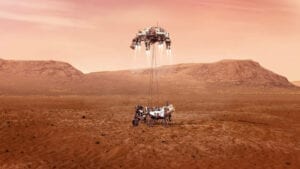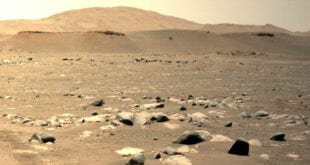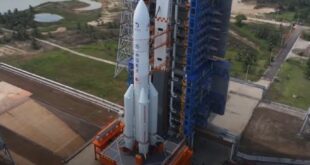
Luxembourg, 19 February 2021. – They did it! The “largest, most advanced rover NASA has sent to another world”, Perseverance, touched down on Mars yesterday, after a 203-day journey traversing nearly half a billion kilometers, NASA said.
The successful touchdown was confirmed by the mission control at NASA’s Jet Propulsion Laboratory in Southern California.
The Mars 2020 mission launched last July; the Perseverance rover’s mission is to collect Mars samples at the Jezero crater and return them to Earth. The rover weighs 1,026 kilogram and had the mini-helicopter Ingenuity attached to its belly when it landed.
“This landing is one of those pivotal moments for NASA, the United States, and space exploration globally – when we know we are on the cusp of discovery and sharpening our pencils, so to speak, to rewrite the textbooks,” said acting NASA Administrator Steve Jurczyk. “The Mars 2020 Perseverance mission embodies our nation’s spirit of persevering even in the most challenging of situations, inspiring, and advancing science and exploration. The mission itself personifies the human ideal of persevering toward the future and will help us prepare for human exploration of the Red Planet.”
“Perseverance is the most sophisticated robotic geologist ever made, but verifying that microscopic life once existed carries an enormous burden of proof,” said Lori Glaze, director of NASA’s Planetary Science Division. “While we’ll learn a lot with the great instruments we have aboard the rover, it may very well require the far more capable laboratories and instruments back here on Earth to tell us whether our samples carry evidence that Mars once harbored life.”
 SpaceWatch.Global An independent perspective on space
SpaceWatch.Global An independent perspective on space




